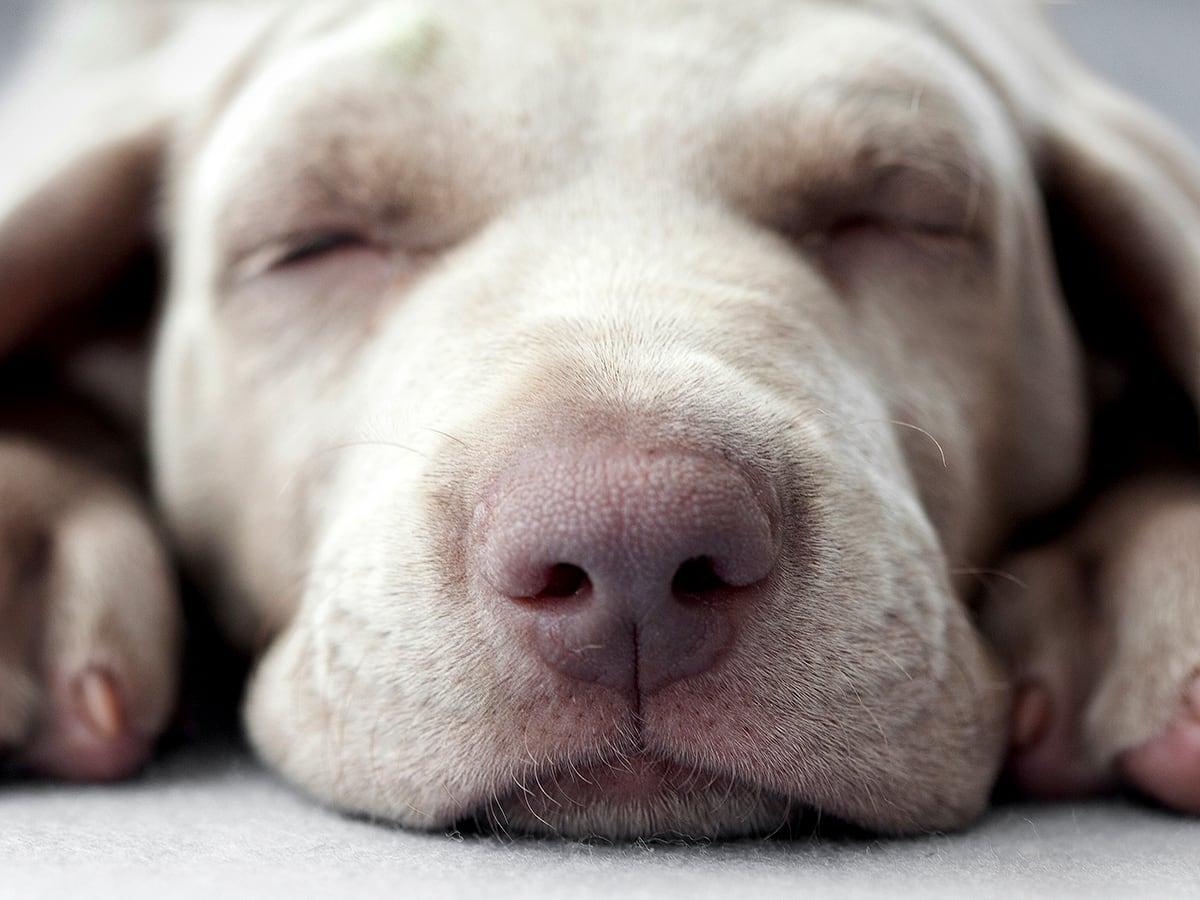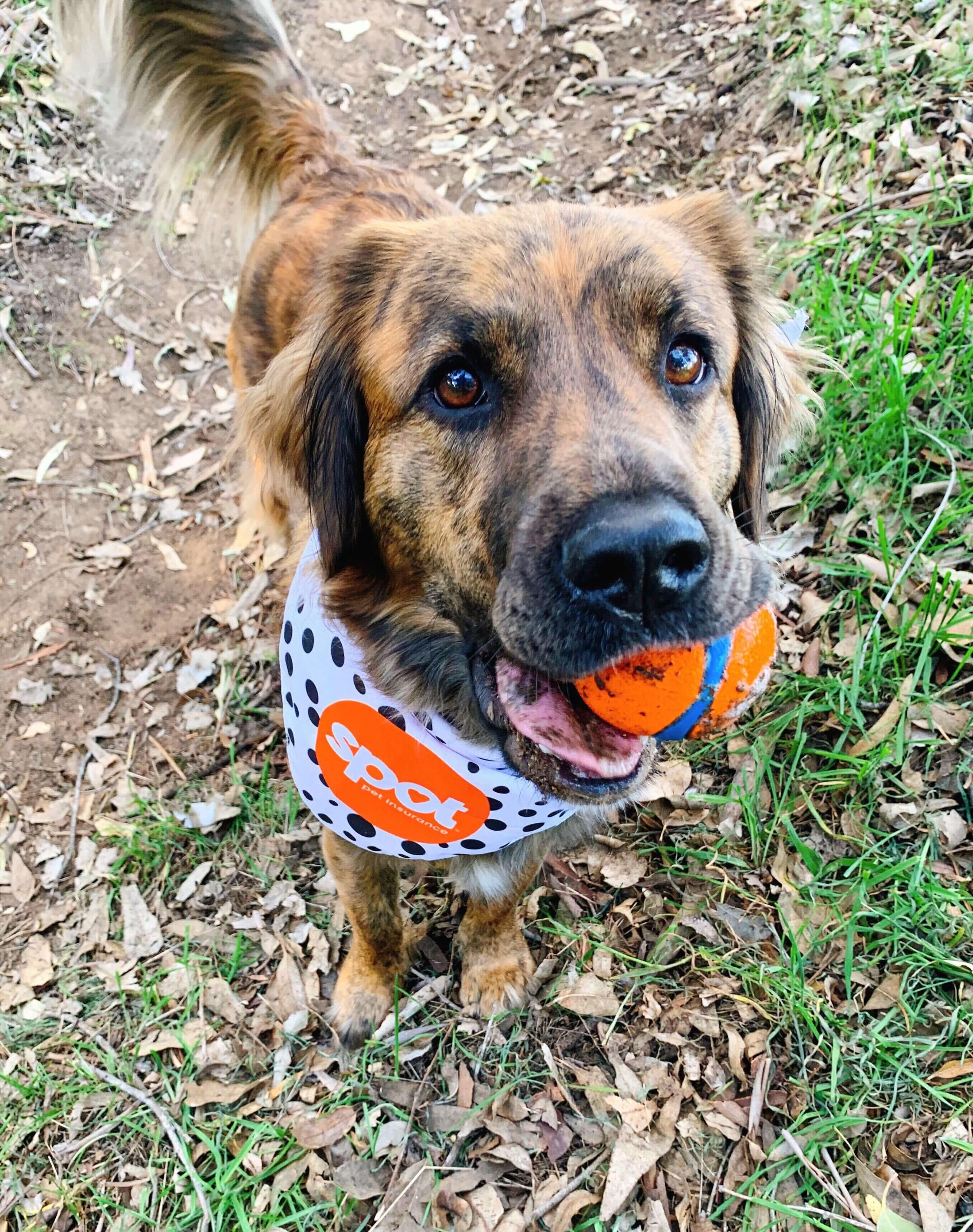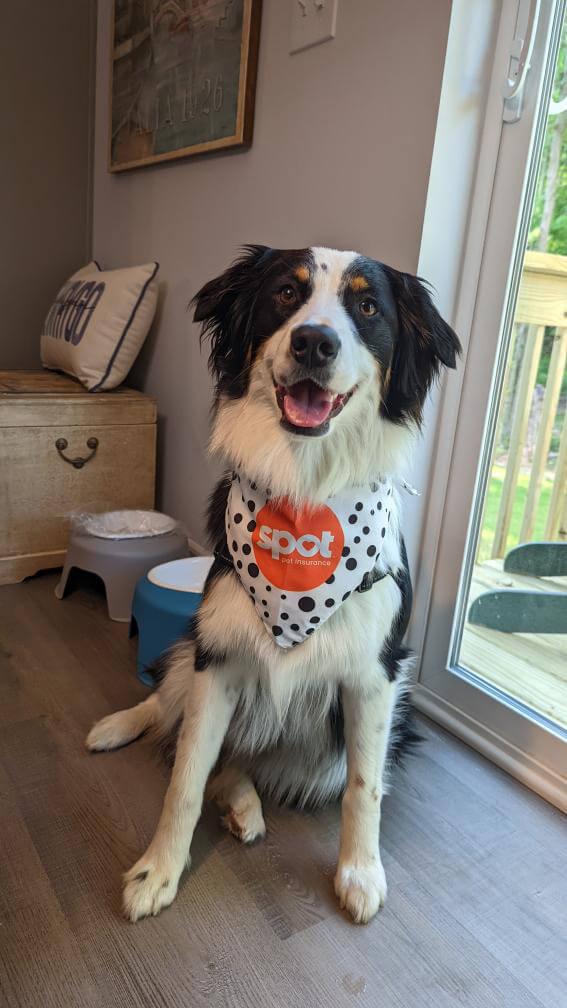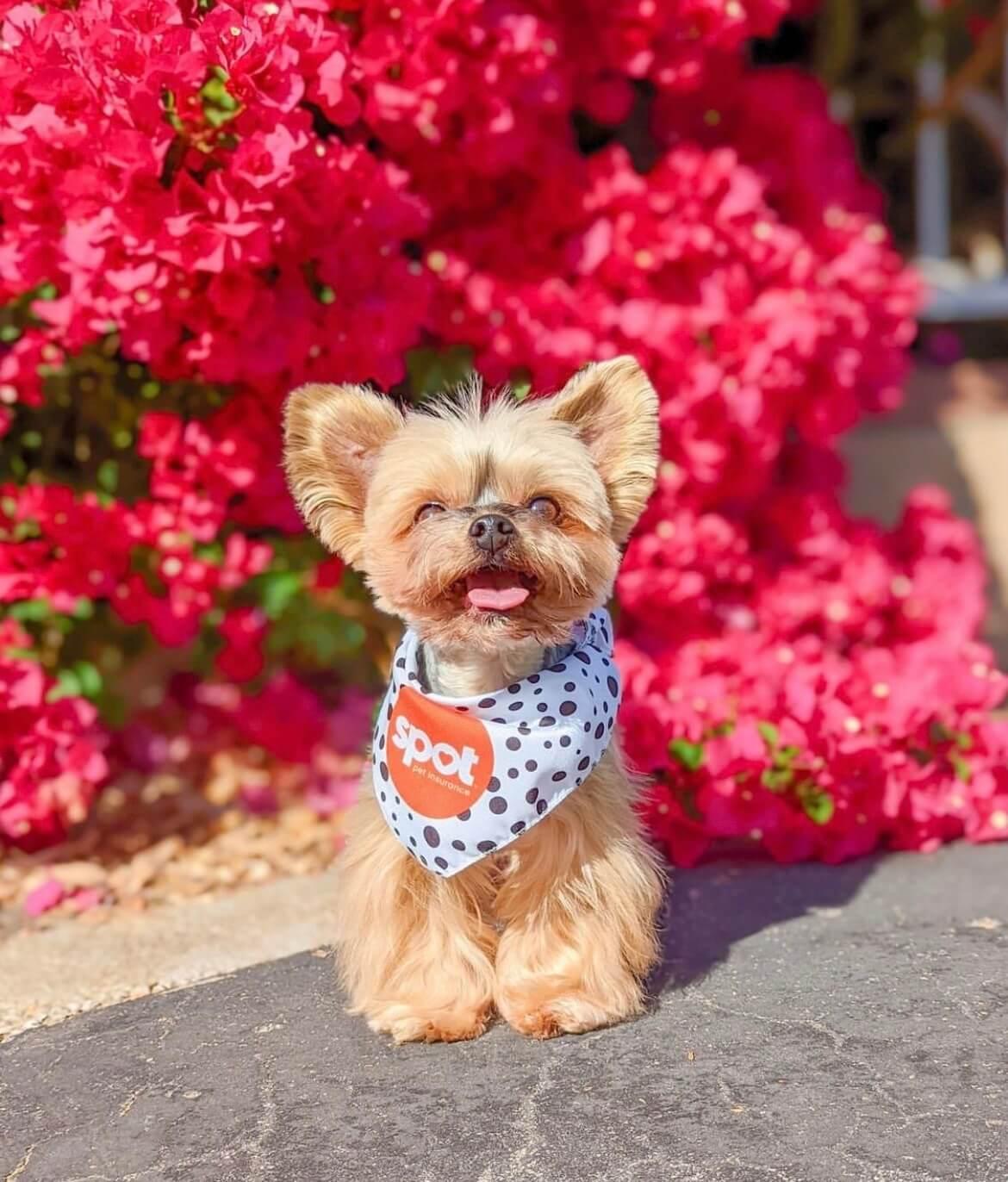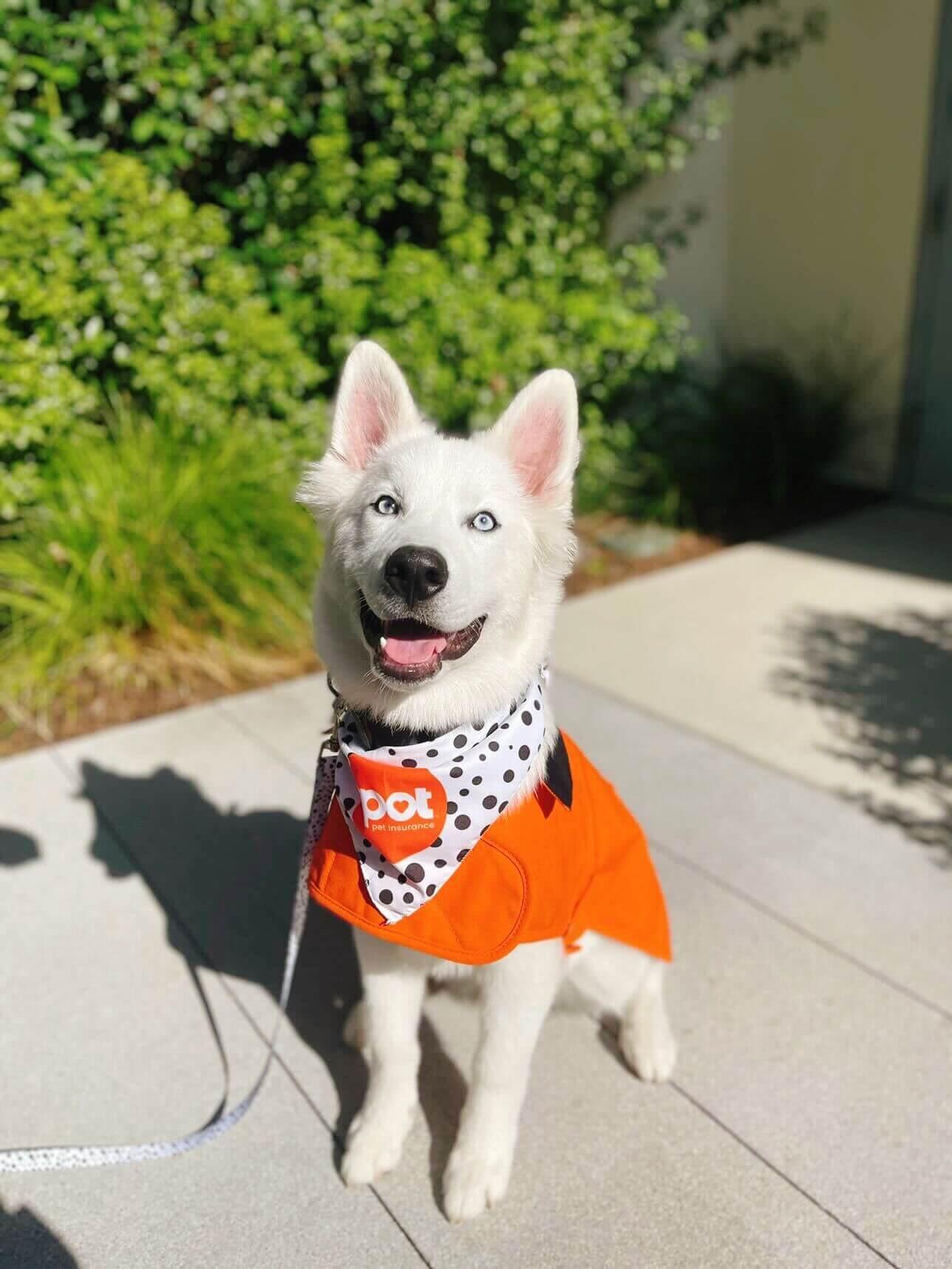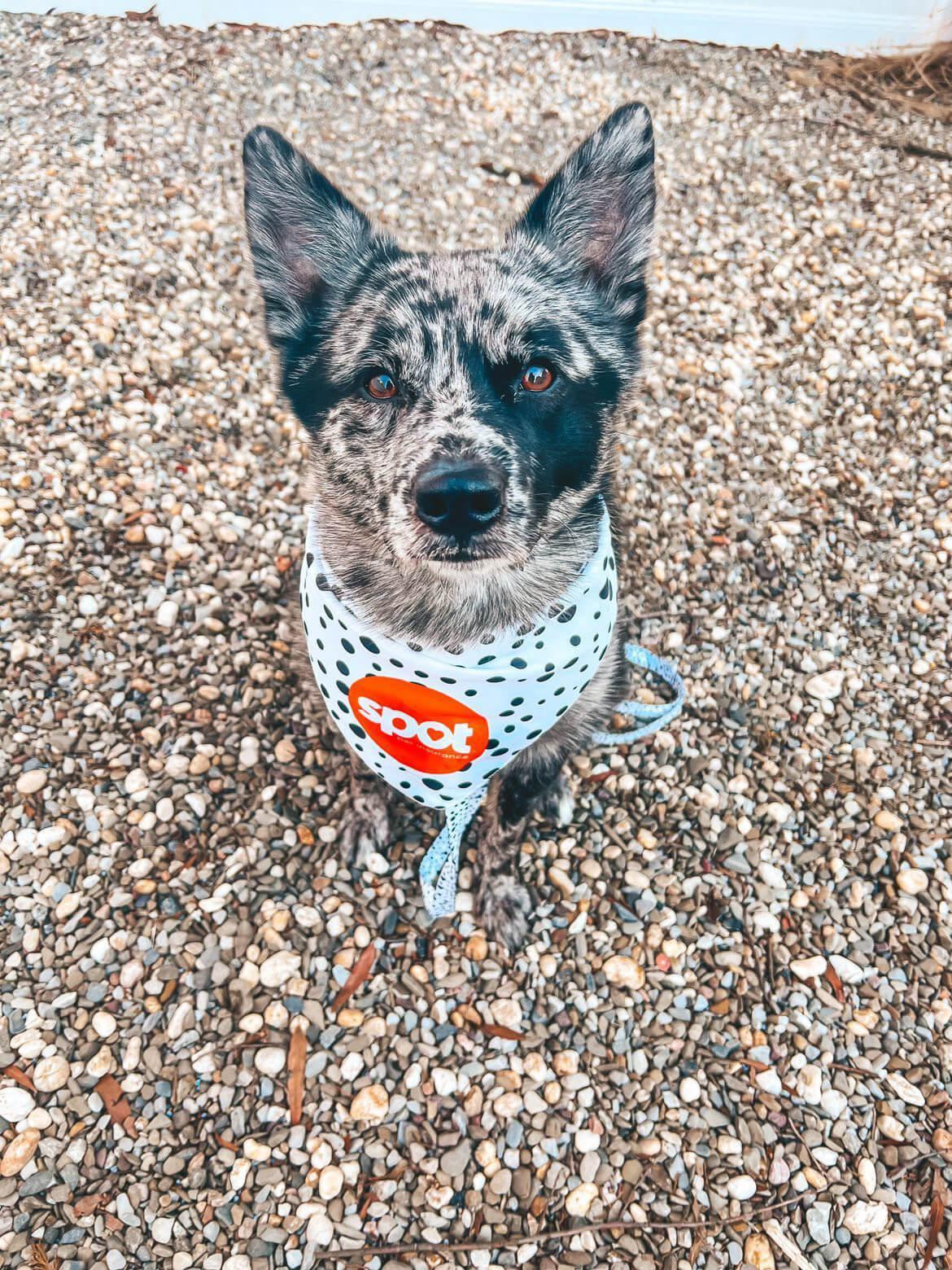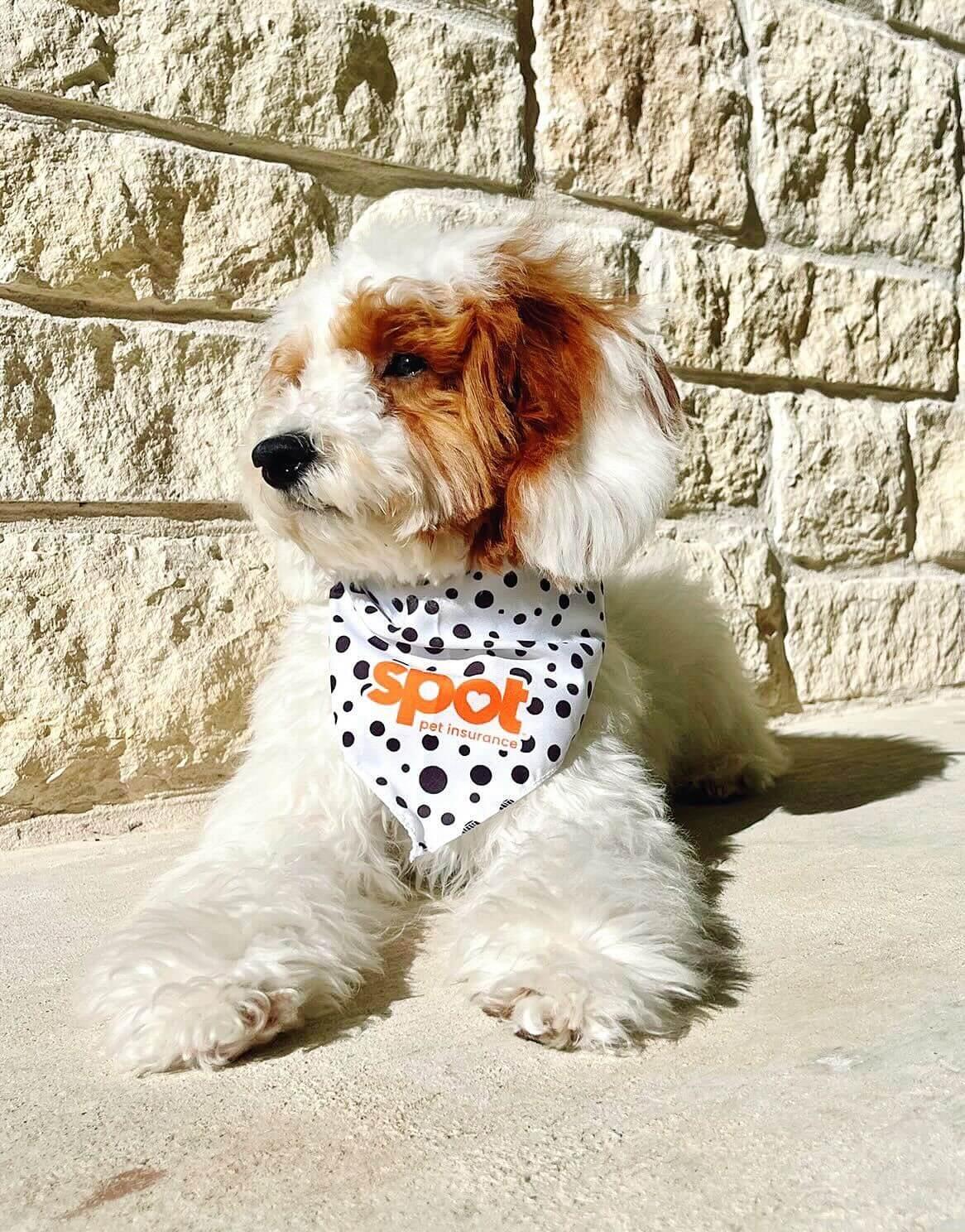If you’ve ever watched your dog snoozing and noticed their paws twitching or heard a quiet bark, you’ve probably wondered: do dogs dream? It’s a common question among pet parents—and one science is starting to answer.
Let’s break down what we know about dog dreams, what they might be dreaming about, and how you can tell when your dog is deep in dreamland.
Do Dogs Really Dream Like Humans Do?
Yes, dogs do dream.
Research shows that dogs go through different stages of sleep, including REM (Rapid Eye Movement) sleep—the same stage where human dreams happen. During this time, a dog’s brain becomes very active, almost as if they're awake. This is when dreaming most likely occurs.
Scientific Proof That Dogs Dream
Scientists have studied brain activity in dogs and found it looks a lot like what happens in the human brain during REM sleep. In similar animal studies, like one involving cats, researchers found that when the part of the brain that keeps the body still during dreams was temporarily turned off, the cats physically acted out their dreams—pouncing, stalking, and running.
Dogs have more complex brains than cats, and their sleep patterns are very similar to ours. So it’s widely accepted that dogs do dream—and likely in vivid detail.
What Do Dogs Dream About?
While we can’t ask them directly, researchers believe that dogs dream about their daily experiences—the things that matter most to them.
Here are a few likely dream themes:
Other animals: Running with other dogs, chasing squirrels, or interacting at the park.
Fun activities: Exploring a new trail, chewing a favorite toy, or hearing the doorbell.
Given how strong the bond is between dogs and their people, it’s very likely that your dog dreams about you—your face, voice, scent, and shared routines.
How to Tell If Your Dog Is Dreaming
Dreaming dogs often show small movements and sounds that give you clues. If your pup is sleeping deeply, watch for:
Leg or tail twitching – as if running or wagging.
Soft barking, whimpering, or growling – common during more intense dreams.
Rapid eye movement – their eyes flicker beneath closed eyelids, a clear sign of REM sleep.
These signs are totally normal and mean your dog is getting good, healthy rest.
Should You Wake a Dreaming Dog?
It might be tempting to wake your dog if they seem restless or scared during sleep, but it’s usually best to let them sleep. Waking a dog from a dream—especially a bad one—can startle them and cause confusion. Unless there’s a medical reason to intervene, it’s safer to let them wake up on their own.
Do All Dogs Dream?
Yes, all dogs dream. Every breed and size of dog goes through sleep cycles that include REM sleep. However, not all dogs dream the same way. Puppies and older dogs tend to dream more often, possibly because of how their brains are developing or changing with age.
FAQs About Dog Dreams
What do dogs usually dream about? Dogs most likely dream about everyday things—like chasing a ball, exploring a new scent, playing with other animals, or spending time with their favorite people. Their dreams are probably a mix of memories, emotions, and familiar experiences.
Do dogs have nightmares or just dreams? Yes, dogs can have nightmares too. Just like people, not every dream is a happy one. If your dog is whining, growling, or looks distressed while sleeping, it could be a bad dream. It’s usually best not to wake them suddenly, as they may react out of confusion.
What does a dog dreaming look like? A dreaming dog may twitch, move their legs, breathe faster, make small sounds like whimpers or barks, and show rapid eye movement under closed eyelids. These are all signs they’re in the REM stage of sleep, which is when dreaming happens.
What do dogs dream about when they twitch? Twitching usually means your dog is acting out part of a dream. They might be running, jumping, wagging their tail, or reacting to something exciting or familiar in their dream.
Key Takeaway
So, do dogs dream? Absolutely. Science shows that dogs experience REM sleep, just like we do, and display signs of dreaming during that phase. They likely dream about the things they love—walks, treats, toys, and the people they feel closest to. Next time you see your dog twitching in their sleep, know that they might be off on an adventure in dreamland.
More About Spot Pet Insurance
Spot accident and illness plans can be used with any licensed vet in Canada or the U.S. Whether you are home or traveling to the U.S., Spot can reimburse the cost of vet bills for the diagnosis, treatment, or management of covered conditions. Spot’s accident and illness plans can help cover a variety of conditions, including broken bones, lacerations, aggression, kidney disease, diabetes, and more. Pet parents can also get cash back on the cost of routine care, including wellness exams, certain vaccinations, dental cleanings, and more, by adding a wellness rider to their plan for an additional cost.
To learn more about Spot Plans or to get a free quote, click here.

With 10 years of experience as a pet parent, I aim to empower pet owners with insights into pet insurance and maintaining their pet's well-being. I aspire to be a trusted source, combining knowledge with a commitment to the welfare of our beloved pets.

